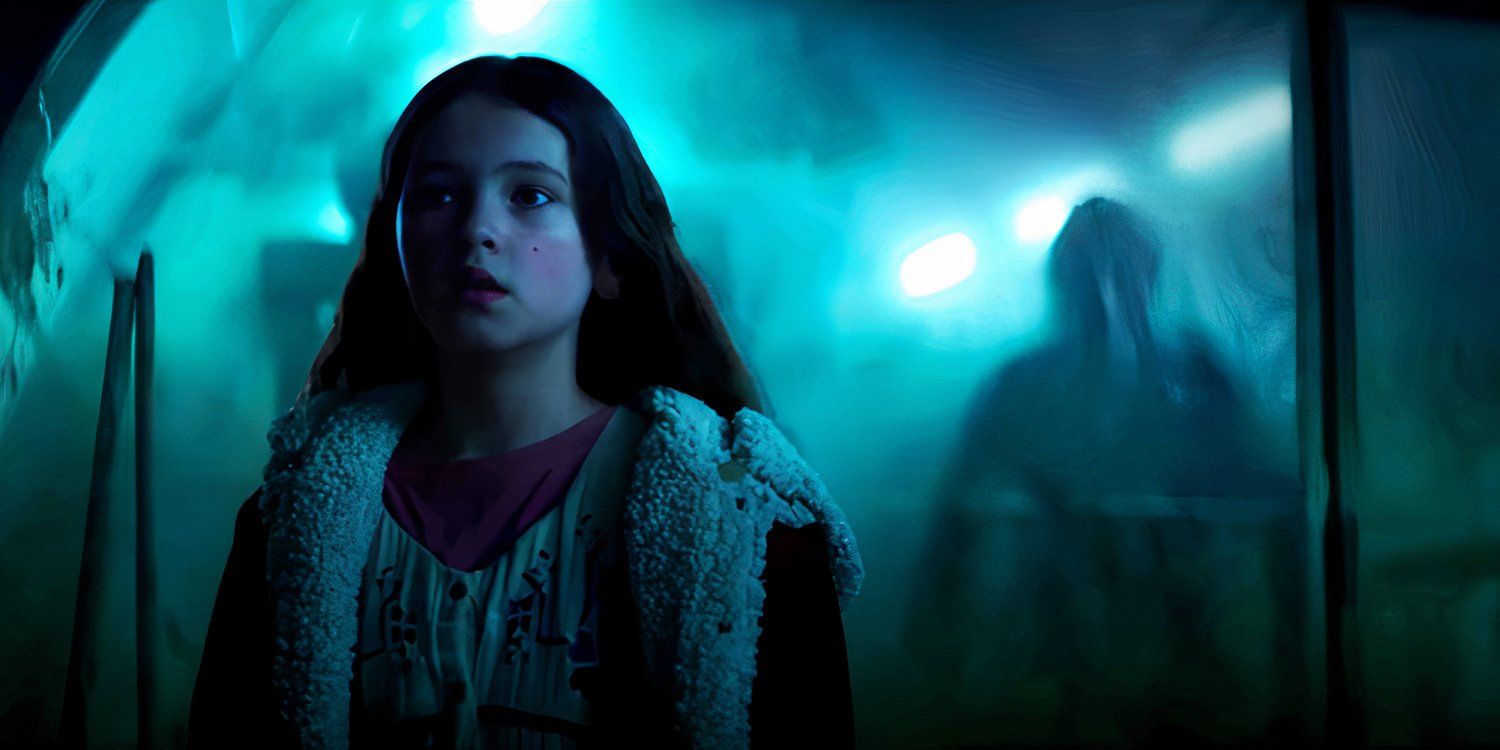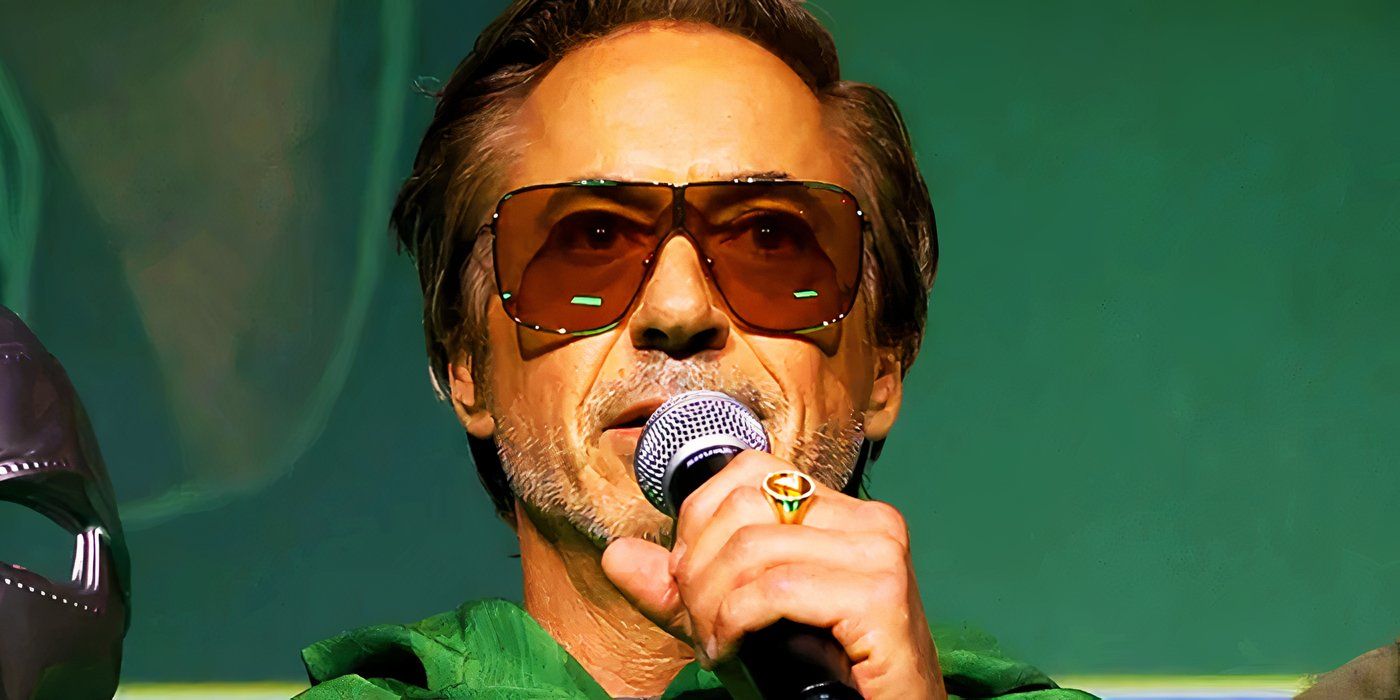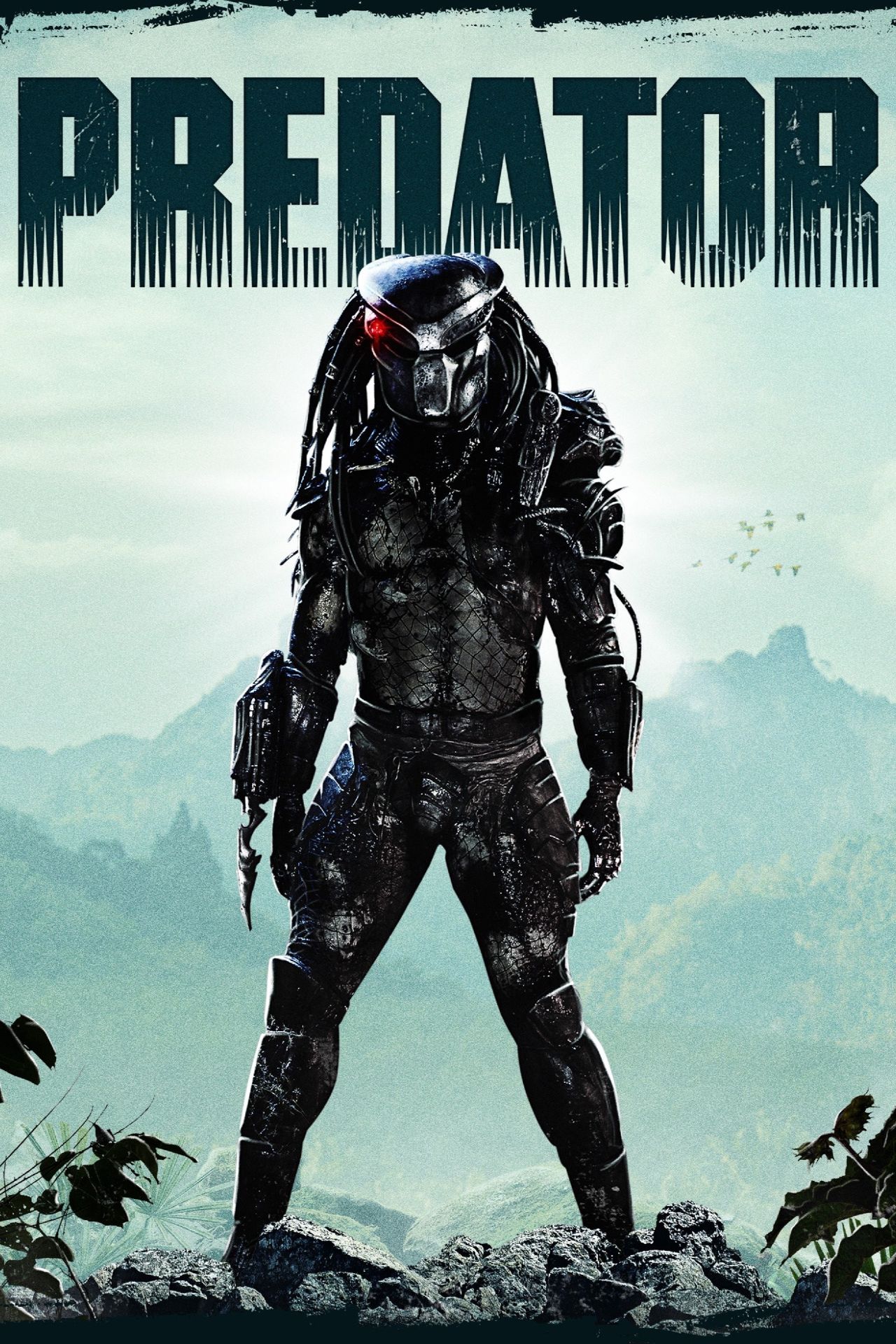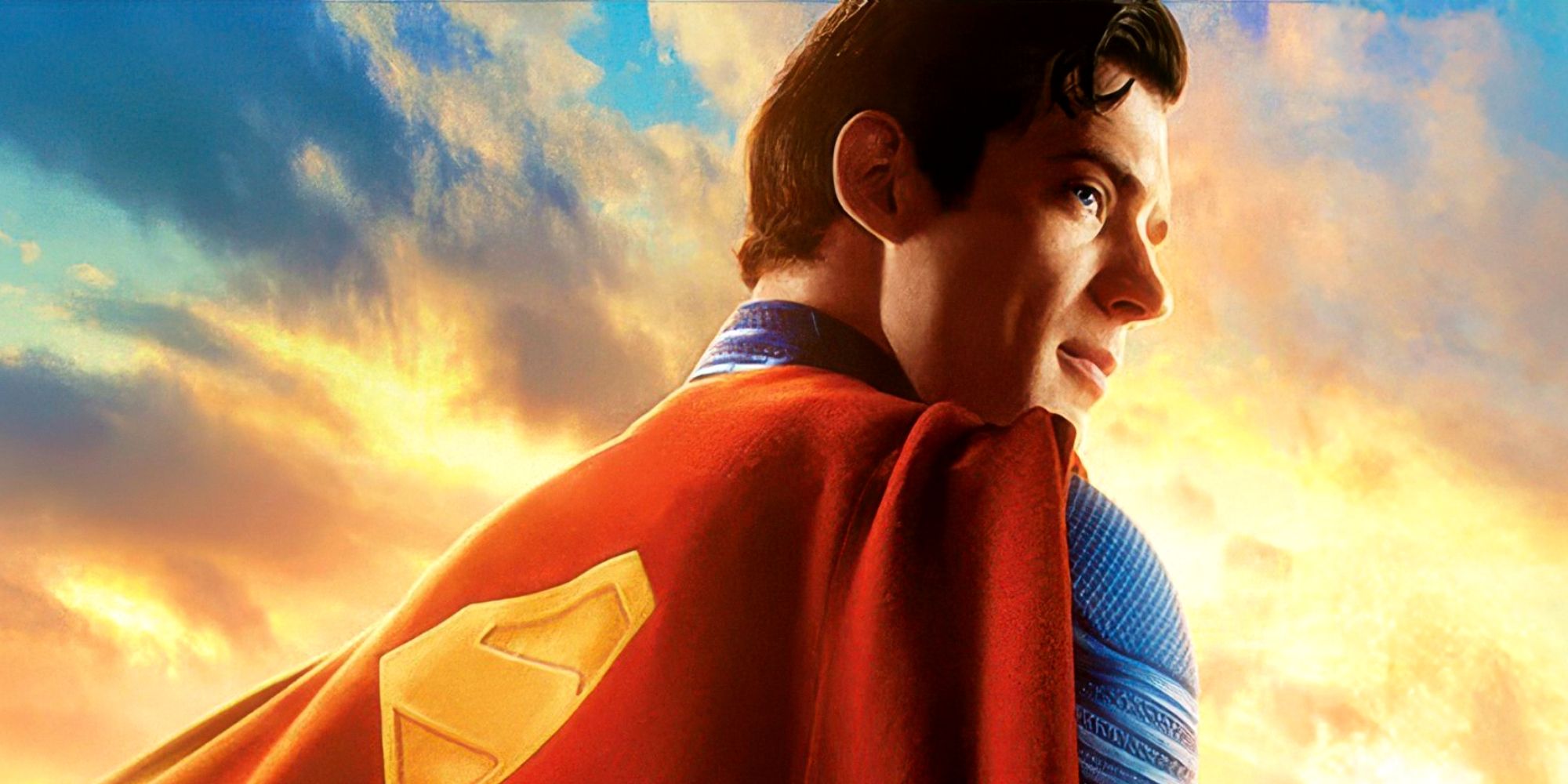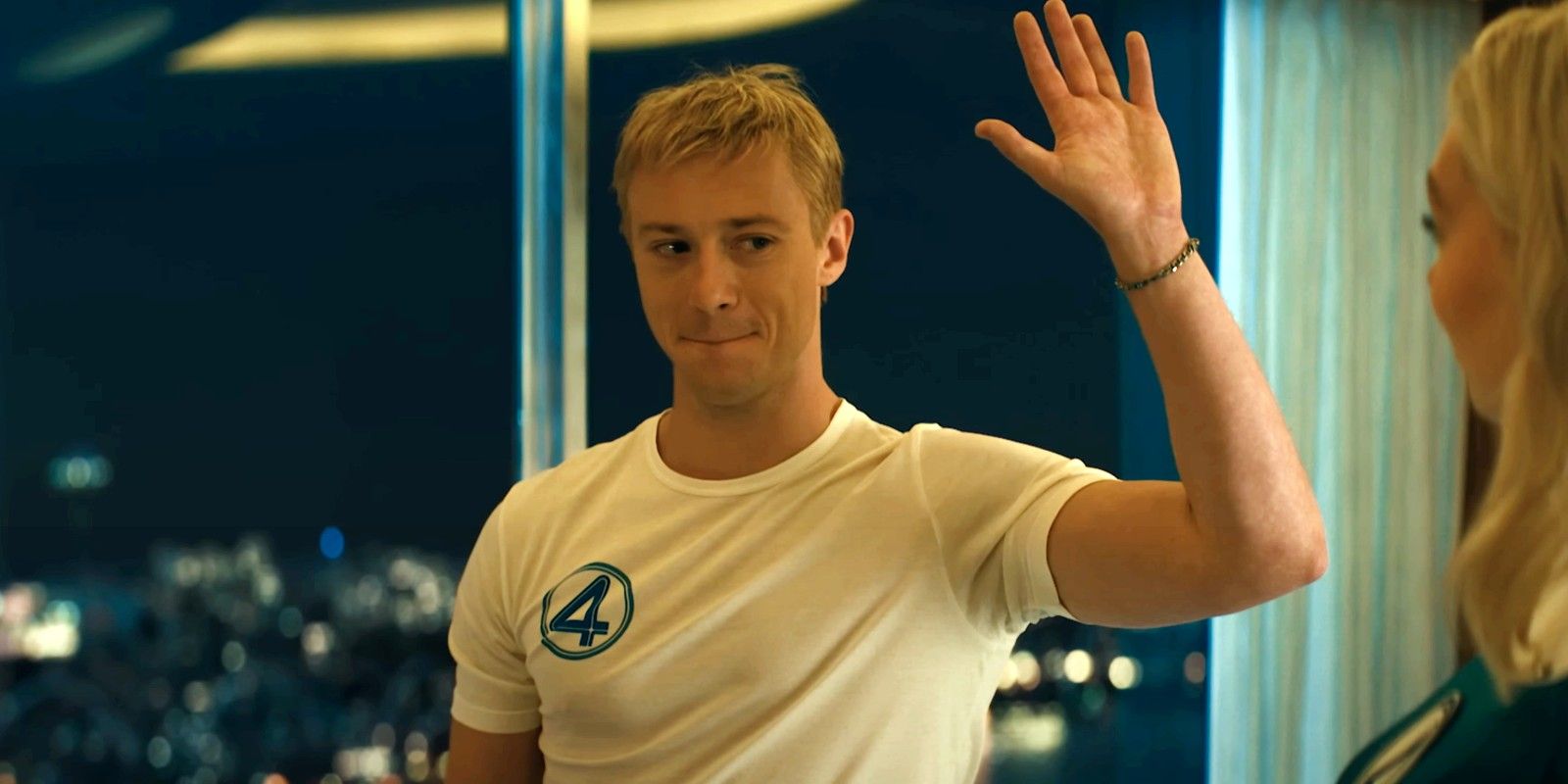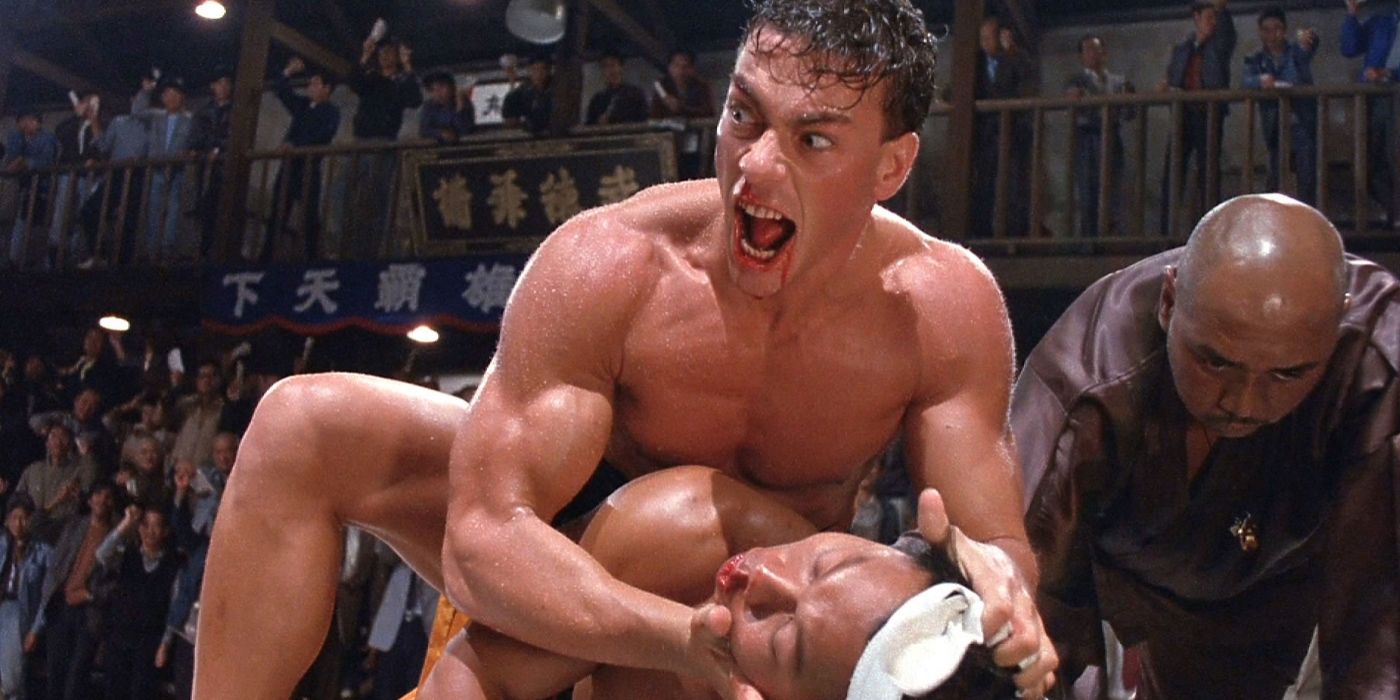Leigh Whannell’s Wolf Man remake has a few key differences from traditional werewolf movies, but one of the most significant relates to how it handles the family dynamic at the center of the story. The modern take on the classic Universal Studios monster was originally supposed to be part of the interconnected Dark Universe, but instead is a stand-alone movie that doesn’t connect to Whannell’s The Invisible Man. Despite Wolf Man earning mixed reviews thanks to its inconsistent pacing, predictable twists, and other factors, it did infuse some welcome changes to the traditional story of the Wolf Man.
Part of the key to the classic narrative surrounding the Wolf Man is his desire to protect his loved ones from the uncontrollable transformation that he undergoes in the light of the full moon. While the Face of the Wolf disease that causes the change for Christopher Abbott’s Blake in Wolf Man doesn’t work the same way as the traditional moonlight curse, the concept that he wants to protect his loved ones still plays a major role in the movie’s action. However, Wolf Man has one extra feature that doesn’t align with any of the traditional werewolf movies.
Ginger’s Presence In Wolf Man Adds A Child To The Werewolf Story
Traditionally, The Wolf Man Is Trying To Protect A Woman He Loves
In the original 1941 version of The Wolf Man and the 2010 remake, Larry Talbot falls in love with Gwen Conliffe (who is a local girl in the original, and his brother’s former wife in the 2010 remake). It’s Gwen that Talbot is most concerned about protecting in both stories, and she acts as his emotional center in both stories. While Blake certainly tries to protect his wife in the 2025 Wolf Man, it also introduces a daughter, Ginger (Matilda Firth), who acts as Blake’s primary touchpoint as he devolves into a werewolf.
|
Wolf Man – Key Details |
|||||
|---|---|---|---|---|---|
|
Director |
Budget |
Box Office Gross |
RT Tomatometer Score |
RT Popcornmeter Score |
Metacritic Score |
|
Leigh Whannell |
$25 million |
$12 million (projected opening) |
53% |
57% |
51 |
The traditional Wolf Man story is based in family, as in both iterations of The Wolf Man, the relationship between the werewolf and his father plays a key role in his transformation. The addition of a daughter to the story takes the narrative in a different direction, as the focus shifts from the relationship between the werewolf, his father, and the woman he loves to an examination of the responsibility of a father to protect his child. In the case of Wolf Man, that even means ending his life to keep her safe from the uncontrollable beast he’s become.
Bringing A Kid Into The Wolf Man Story Makes The Family Story More Intense & Emotional
A Father Protecting His Child Hits Harder
Simply put, there is more intensity and emotion behind the desperate struggle of a father trying to keep his daughter safe than there is in the traditional portrayal of a man trying to protect the woman he loves from himself. The relationship between a parent and child ups the stakes significantly, as a parent is the one person in the world that a child should be able to feel safe with. To have that dynamic so violently upended is the ultimate tragedy.
While Blake’s wife shoots him in the chest before he can harm her or his daughter at the end of Wolf Man, the possibility of harm befalling the child is ever-present, which puts a darker slant on the entire narrative. It truly shifts the theme of the Wolf Man story, taking the emphasis off the “darkness within” theme and shifting it towards the responsibilities of fatherhood and parental fears. While not all the changes to the traditional narrative that were made in Wolf Man were welcome, the introduction of a child yielded some interesting new ground to explore.
